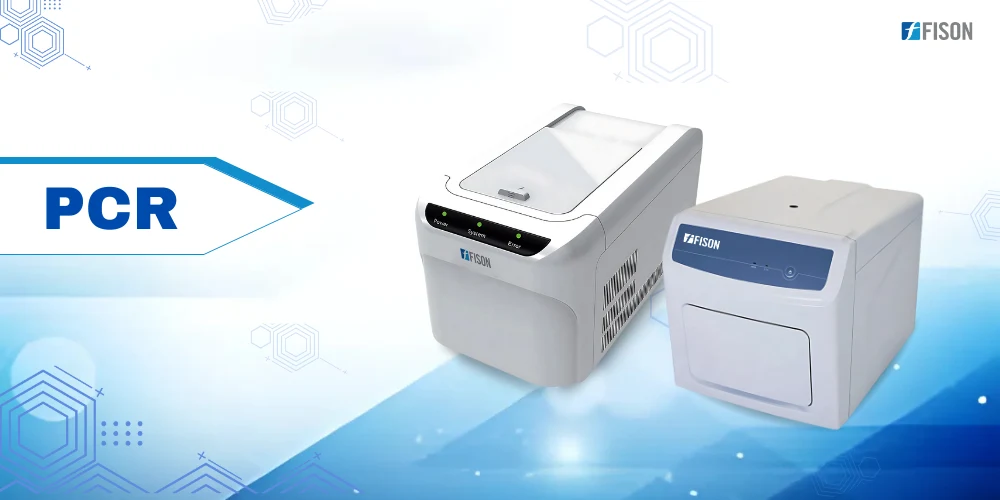
The Polymerase Chain Reaction (PCR) is a cornerstone of modern molecular biology. Its invention has revolutionized how scientists amplify, detect, and analyze genetic material. PCR machines, or thermal cyclers, automate the precise temperature cycles required for this groundbreaking technique.
What is PCR?
PCR is a technique used to create millions of copies of a specific DNA segment. Developed by Kary Mullis in 1983, it allows for detailed analysis of genetic material from minimal starting samples. PCR is critical for research, diagnostics, forensics, and more.
How PCR Machines Work
PCR machines perform a cycle of heating and cooling in three primary steps:
Denaturation (94-96°C): DNA double helix separates into two single strands.
Annealing (50-65°C): Primers bind to their complementary sequences on the single-stranded DNA.
Extension (72°C): Taq polymerase synthesizes new DNA strands by adding nucleotides.
This cycle is repeated multiple times (usually 30-40 cycles) to amplify the DNA exponentially.
Applications in Molecular Biology
Clinical Diagnostics: Detection of viruses (e.g., SARS-CoV-2, HIV), bacteria, and genetic disorders.
Forensic Science: DNA fingerprinting and crime scene analysis.
Genetic Research: Gene expression analysis, mutation detection.
Agriculture: Detection of genetically modified organisms (GMOs).
Revolution in Research and Medicine
Before PCR, DNA analysis was slow and required large sample volumes. PCR enables rapid, specific, and sensitive DNA amplification. Real-time PCR (qPCR) further allows quantification, while digital PCR enhances sensitivity in low-copy detection.
Final Thoughts
PCR machines are essential in every life science lab. Their speed, precision, and expanding capabilities have transformed diagnostics and research, paving the way for personalized medicine and faster responses to global health challenges.
